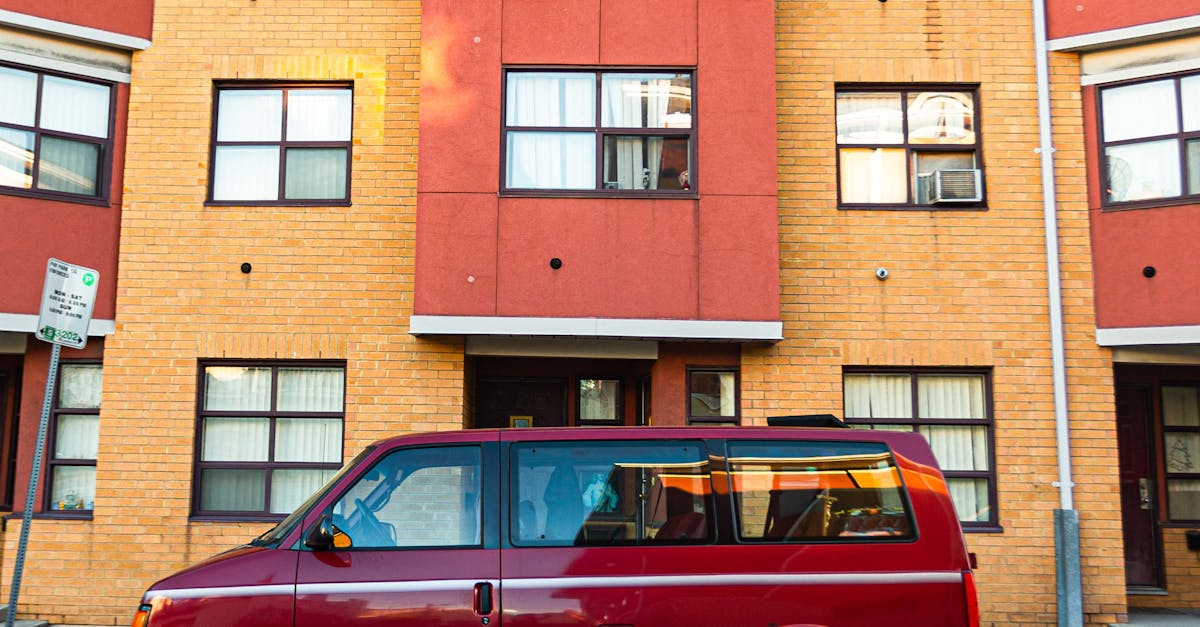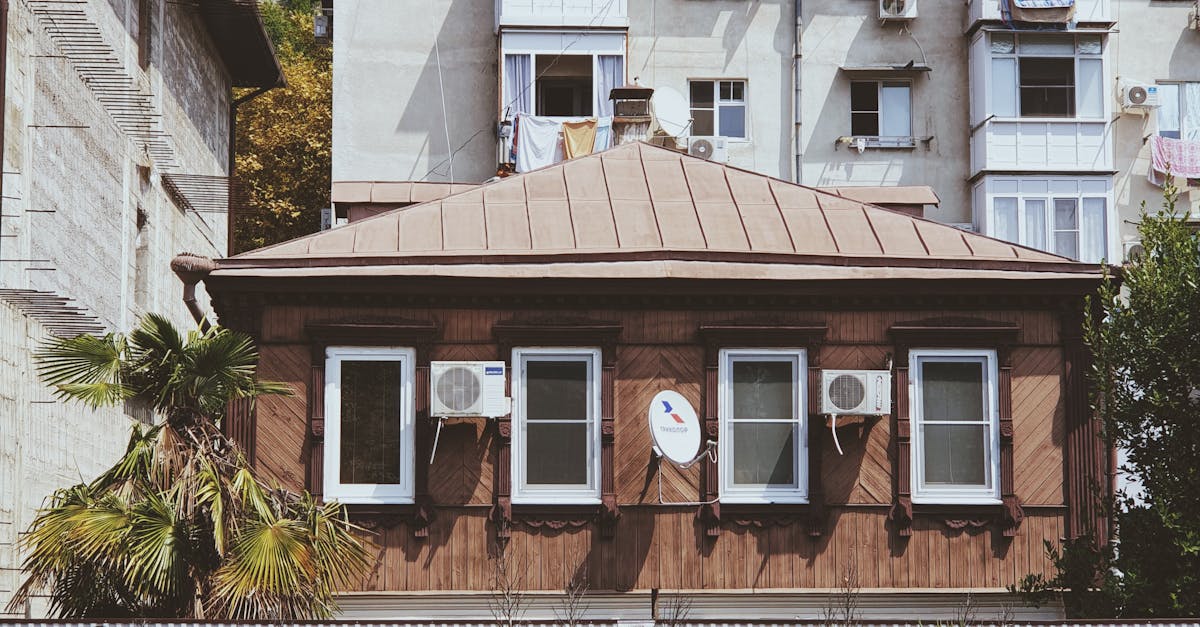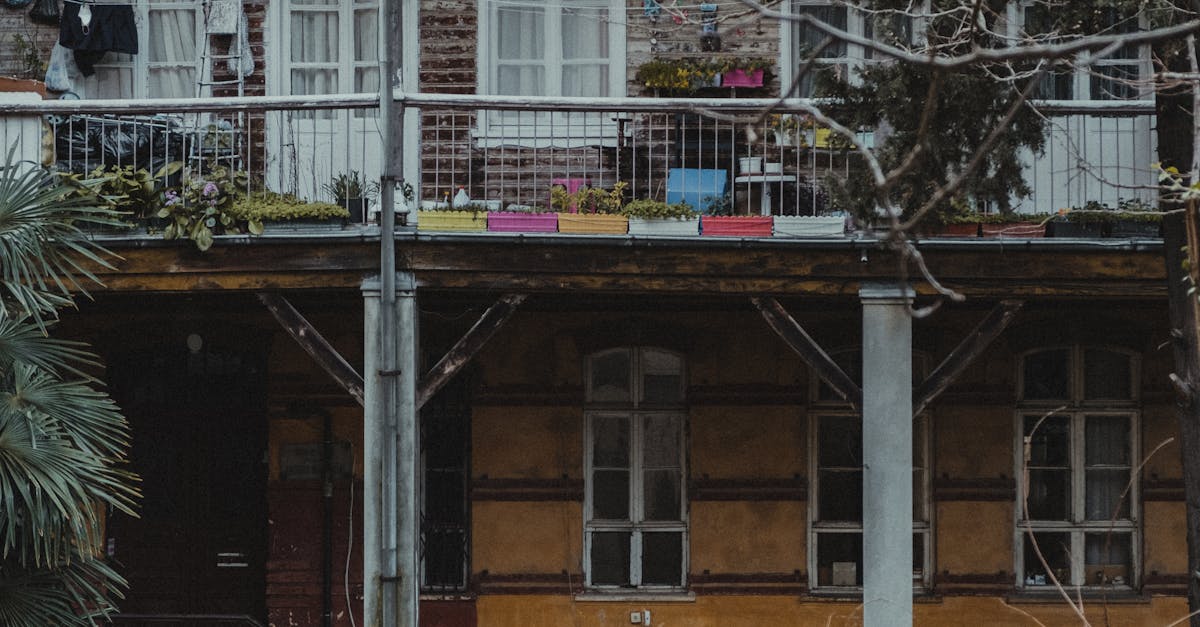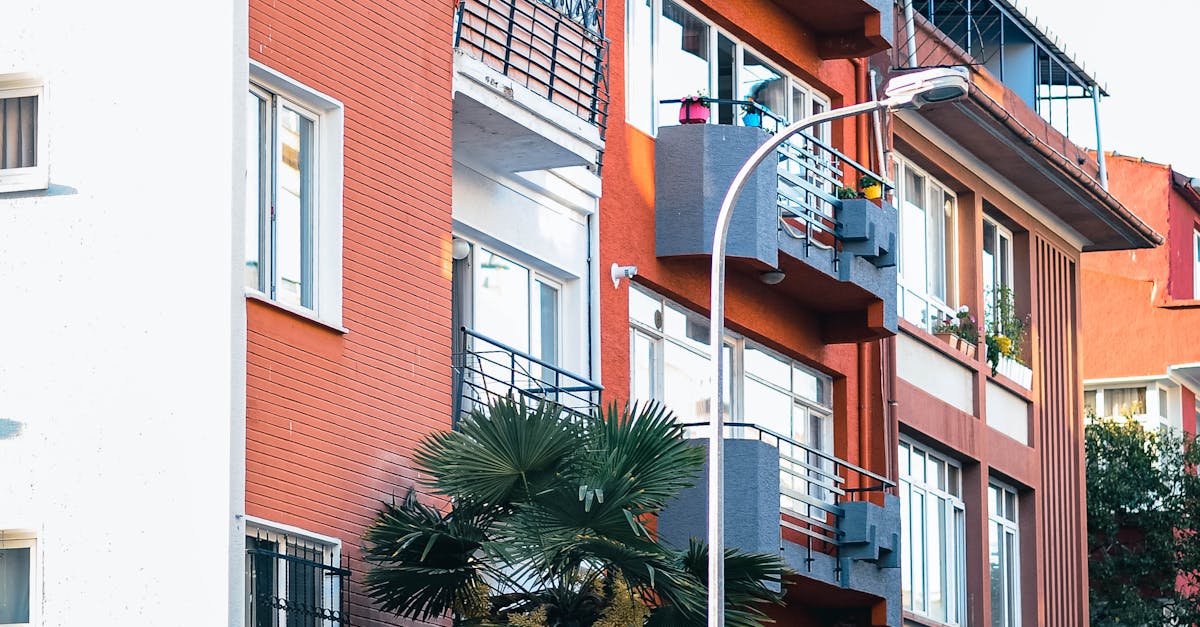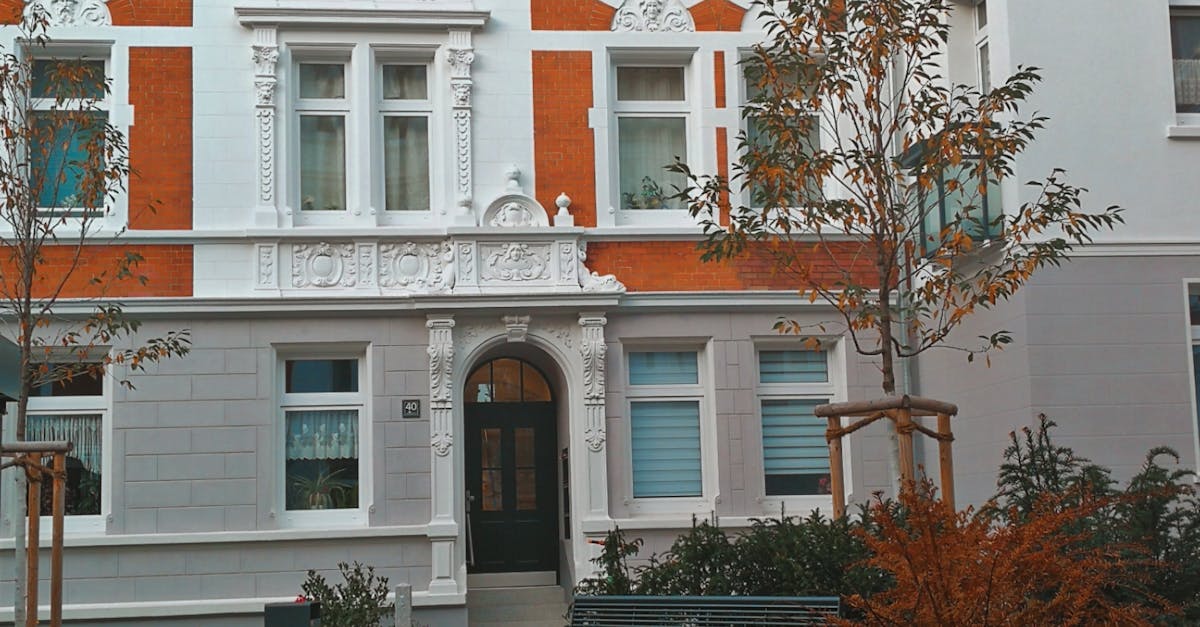
Table Of Contents
Alternative Financing Strategies
Homebuyers seeking to minimize their down payment for a vacation home may consider alternative financing strategies. Options like Vacation Property Loans can provide more flexibility compared to conventional mortgage products. These loans often feature varying terms, interest rates, and down payment requirements. Some lenders might allow for a lower down payment, appealing to those who want to invest in a secondary property without the burden of significant upfront costs.
Another route involves exploring options such as FHA loans or other government-backed programs that offer lower down payments. Some lenders specifically design programs for vacation properties that cater to buyers with different financial backgrounds. By researching these alternatives, potential homeowners can find solutions that suit their budget and help them secure a desirable vacation home.
Exploring Options Beyond Traditional Mortgages
When considering a vacation home, buyers may look beyond traditional mortgages to find suitable financing options. One alternative is a Vacation Property Loan, specifically designed to cater to the unique needs of second-home buyers. These loans often come with varying terms and conditions, which can provide flexibility for those with less upfront capital. Interest rates may differ from standard mortgage rates, allowing buyers to explore competitive offers that best fit their financial situation.
Another option is to seek out portfolio lenders who are willing to offer loans for vacation properties based on the property’s potential rental income. This can be an attractive choice for investors who intend to use their vacation home as a rental during the off-season. Using a Vacation Property Loan from a lender who understands the seasonal nature of these homes can lead to more favorable lending terms. This strategy helps bridge the gap between traditional financing methods and modern purchasing needs.
Challenges of a Low Down Payment
Opting for a low down payment, such as 5%, poses several challenges for potential vacation home buyers. Lenders typically view low down payments as a sign of higher risk. This perception can result in stricter qualification criteria and higher interest rates. Borrowers may face the possibility of private mortgage insurance (PMI), which adds to monthly expenses and overall cost.
Additionally, low equity can leave buyers vulnerable in a fluctuating real estate market. If property values decline, owners may find themselves owing more than their vacation home is worth. This situation can complicate future financing options and resale prospects. Consequently, individuals should carefully evaluate their financial capacity and long-term goals when seeking Vacation Property Loans with minimal down payments.
Risks Associated with Minimal Equity
Low down payments pose certain risks, especially for vacation property loans. When homebuyers invest with minimal equity, they often fail to accumulate a significant ownership stake in the property. This can lead to vulnerability if property values decline, potentially resulting in owing more than the home is worth. Lenders may see this as a red flag, which can complicate refinancing options and result in higher interest rates for the borrower.
Financing a second home with a low down payment can also impact monthly cash flow. Increased mortgage payments, combined with additional expenses like property taxes, maintenance, and homeowners association fees, may stretch a buyer’s budget. Without adequate financial planning, these costs can lead to financial strain, making it difficult to manage both the vacation home and primary residence expenses effectively.
Preparing Financially for a Vacation Home Purchase
Purchasing a vacation home can be an exciting venture, but thorough financial preparation is essential. Begin by assessing your current financial situation, including income, savings, and existing debt. Knowing your budget will help determine the price range for your vacation property. Consider additional costs associated with ownership, such as property taxes, maintenance, and insurance. These expenses can add up, so creating a detailed budget can facilitate a smoother purchasing process.
If you're considering using Vacation Property Loans, research the specific requirements and terms that come with this type of financing. Some lenders may be more flexible than they are with traditional mortgages, but you still need a clear understanding of interest rates and payment structures. Analyze your ability to manage a second mortgage while covering everyday living expenses. This analysis will provide a clearer perspective on how much you can afford to invest in your getaway without compromising your financial stability.
Budgeting for Extra Costs and Expenses
When considering a vacation home, it’s essential to factor in additional expenses that go beyond the mortgage payment. Property taxes, insurance, and maintenance costs can add up quickly. Homeowners should also account for potential homeowners association (HOA) fees, which are common in many vacation communities. These costs can vary based on location and property type, so conducting thorough research is crucial to creating an accurate budget.
Using Vacation Property Loans may offer flexibility, but they often come with specific requirements for down payments and interest rates. Down payment amounts can affect your overall financial planning, so understanding how much you'll need to allocate for both the mortgage and related expenses is vital. Establishing a comprehensive budget will help ensure that all potential costs are covered, allowing for a smoother transition into vacation homeownership.
FAQS
Can I put 5% down on a vacation home?
Yes, it is possible to put 5% down on a vacation home, but it typically depends on the lender and the type of loan you are applying for. Conventional loans may require a higher down payment, while some specialized programs may allow for a lower down payment.
What are the risks of putting only 5% down on a vacation home?
Putting only 5% down can lead to higher monthly payments and the requirement for private mortgage insurance (PMI). Additionally, you may have less equity in the property, making it harder to sell or refinance in the future.
Are there alternative financing options for vacation homes?
Yes, alternative financing options include adjustable-rate mortgages, home equity loans, or even seller financing. It’s important to explore these options to find the best fit for your financial situation.
What additional costs should I budget for when purchasing a vacation home?
In addition to your down payment, consider budgeting for property taxes, insurance, maintenance costs, utilities, and potential homeowner association fees. These expenses can significantly impact your overall budget.
Is it a good idea to use a low down payment for a vacation home?
While a low down payment can make purchasing a vacation home more accessible, it’s important to carefully consider your long-term financial goals and the risks involved, such as higher monthly payments and increased vulnerability during market fluctuations.

